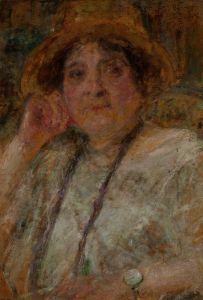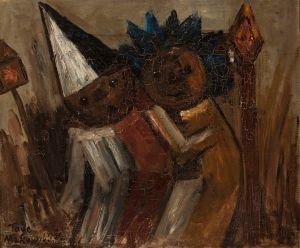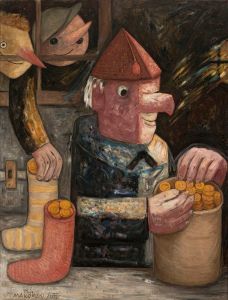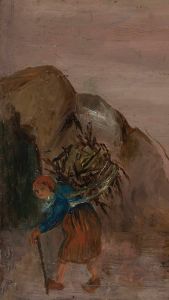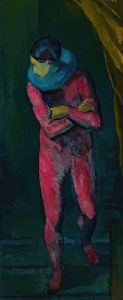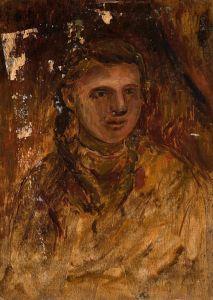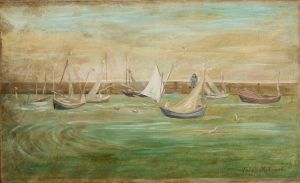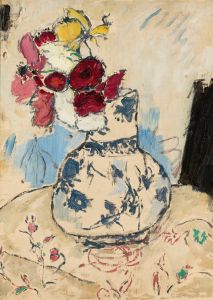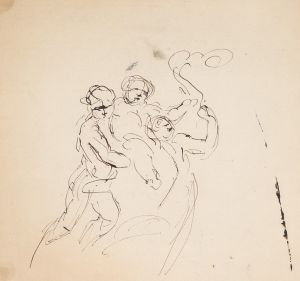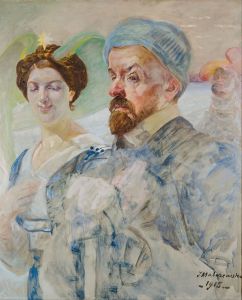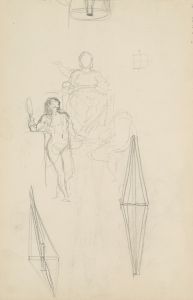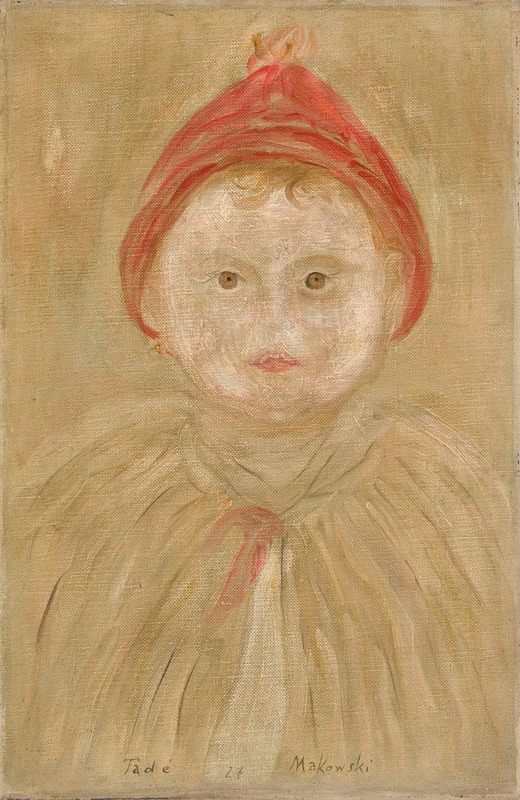
Dziecko w pelerynce
A hand-painted replica of Tadeusz Makowski’s masterpiece Dziecko w pelerynce, meticulously crafted by professional artists to capture the true essence of the original. Each piece is created with museum-quality canvas and rare mineral pigments, carefully painted by experienced artists with delicate brushstrokes and rich, layered colors to perfectly recreate the texture of the original artwork. Unlike machine-printed reproductions, this hand-painted version brings the painting to life, infused with the artist’s emotions and skill in every stroke. Whether for personal collection or home decoration, it instantly elevates the artistic atmosphere of any space.
Tadeusz Makowski was a Polish painter known for his distinctive style that combined elements of folk art, symbolism, and modernism. One of his notable works is "Dziecko w pelerynce" (translated as "Child in a Cape"), which reflects his unique approach to capturing the innocence and simplicity of childhood.
Makowski was born on January 29, 1882, in Oświęcim, Poland, and he initially studied classical philology at the Jagiellonian University in Kraków. However, his passion for art led him to the Academy of Fine Arts in Kraków, where he studied under the guidance of Józef Mehoffer and Jan Stanisławski. In 1908, Makowski moved to Paris, where he became part of the vibrant artistic community and was influenced by various avant-garde movements, including Cubism.
"Dziecko w pelerynce" is a testament to Makowski's fascination with the theme of childhood, which became a central motif in his work. The painting depicts a child wearing a cape, rendered in a style that blends elements of realism with a more abstract, geometric approach. Makowski's use of color and form in this painting is characteristic of his broader body of work, which often features muted tones and simplified shapes that evoke a sense of nostalgia and whimsy.
Makowski's time in Paris exposed him to the works of artists like Pablo Picasso and Georges Braque, whose exploration of form and perspective had a lasting impact on his artistic development. However, unlike many of his contemporaries, Makowski maintained a strong connection to his Polish roots, often drawing inspiration from Polish folklore and rural life. This cultural synthesis is evident in "Dziecko w pelerynce," where the child figure can be seen as a representation of universal innocence, yet also carries a distinctly Polish sensibility.
Throughout his career, Makowski's work was characterized by a deep empathy for his subjects, particularly children, whom he portrayed with a sense of dignity and introspection. His paintings often feature solitary figures set against minimalistic backgrounds, inviting viewers to focus on the emotional and psychological depth of the characters. In "Dziecko w pelerynce," the child's expression and posture suggest a moment of contemplation or daydreaming, capturing the transient and introspective nature of childhood.
Makowski's contribution to art was recognized during his lifetime, and he exhibited his works in various prestigious venues, including the Salon d'Automne in Paris. Despite his success, Makowski remained somewhat of an outsider in the mainstream art world, preferring to follow his own artistic path rather than conform to prevailing trends.
Tadeusz Makowski passed away on November 1, 1932, in Paris, leaving behind a legacy of work that continues to be celebrated for its originality and emotional depth. "Dziecko w pelerynce" remains an enduring example of his ability to capture the essence of childhood with simplicity and grace, reflecting both his technical skill and his profound understanding of the human condition.





